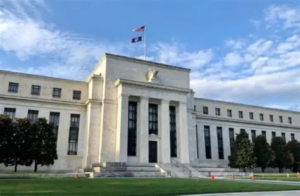
The Sistema de Interconexión de Pagos (SIPA), operated by the Secretaría del Consejo Monetario Centroamericano (SECMCA), closed 2024 with transactions totaling US$359.9 million.
This mechanism, designed to facilitate trade and financial integration in the region, has proven to be a key tool for strengthening economic ties between member countries.
Guatemala was the leading player in terms of transactions, representing a total of US$165.4 million, followed by El Salvador with US$36.7 million. This figure underscores the economic dynamism of these countries and their role as hubs for regional transactions. El Salvador also recorded significant trade with Honduras and Guatemala, highlighting the connectivity between these neighboring nations.

SIPA not only optimizes cross-border financial flows, but also allows for greater transparency and efficiency in transactions. Countries such as Honduras and Nicaragua have increased their participation in the system, reflecting growing confidence in this platform. In the case of the Dominican Republic, although the total volume is lower, active participation reaffirms its commitment to regional integration.
This system has become a pillar for the region’s economies by facilitating trade and allowing a more agile flow of capital. According to experts, SIPA not only improves competitiveness, but also strengthens financial stability in Central America and the Dominican Republic.

With figures like those for 2024, it is clear that SIPA will continue to play a key role in the region’s economic development. The growth in operations projects an optimistic outlook for 2025, with the potential to further consolidate regional integration.







